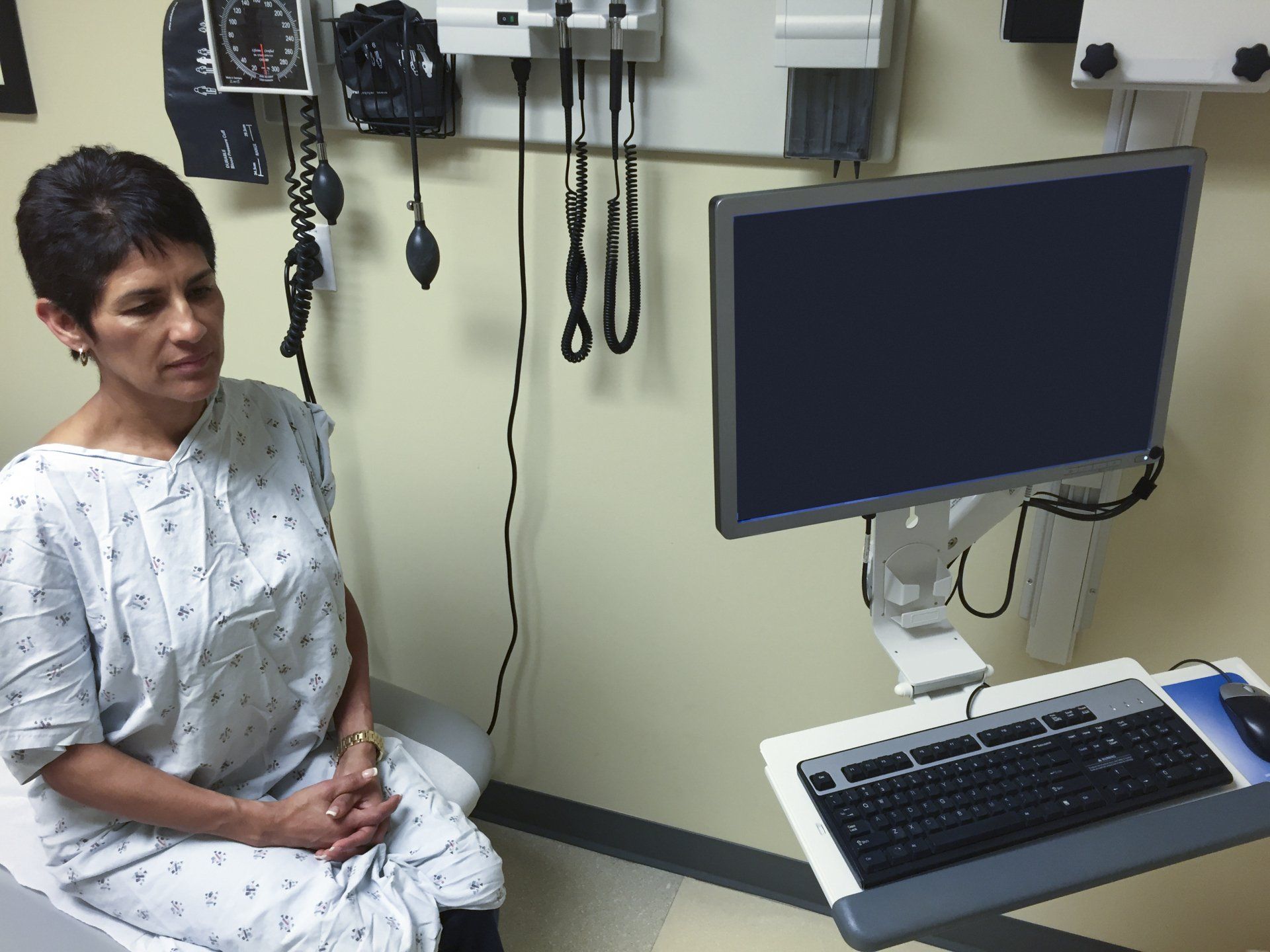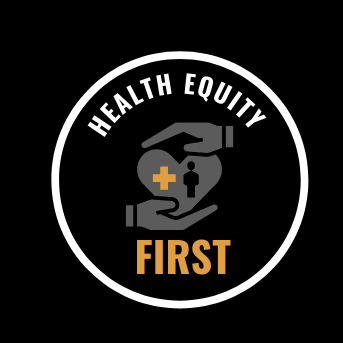NAACP and LULAC Release Central Health 'Red Flag' Report
NAACP and LULAC Release Central Health
'Red Flag' Report, Call on Commissioners to
Order an Independent Performance Audit
AUSTIN, Texas ------ Today, March 23, 2022, at 1:30 p.m., at 700 Lavaca (Eastside Plaza) in Austin, Texas, Health Equity First, a new joint project of NAACP-Austin and Texas LULAC District VII, released a detailed report showing that Central Health has eight serious financial, operational, and equity red flags. These red flags serve as a warning to the Travis County Commissioners Court (TCCC) and community that Central Health must be held accountable for providing healthcare effectively to the poor and for spending taxpayers funds efficiently. Health Equity First called on the Commissioners to immediately order a comprehensive, independent, third-party performance audit of Central Health.
Frank Ortega, Director of Texas LULAC District VII, stated that “Travis County’s 185,000 uninsured are predominately people of color. They depend on Central Health for their health care. Health Equity requires that Central Health serve the poor’s health care needs effectively.”
Nelson Linder, President of the local NAACP chapter, said, “TCCC have financial supervisory authority by law over Central Health. Our “Eight Red Flags Report” shows the TCCC should order immediately an independent, performance audit to ensure Central Health accountability and transparency. Without accountability, there is no equity.”
Susan Spataro, former Travis County Auditor, discussed Central Health’s red flags and why an independent, third party audit of Central Health was essential. She pointed out, for example, that “the community deserves answers to why, during a pandemic, Central Health has raised this fiscal year its tax rate by 6%, but it has decreased health care services to the poor by 34% from $155.1 million to $101.8 million.” She also noted, “The Commissioners and public need to know exactly how much health care, if any, the poor have received from Dell Medical School for $280 million in Central Health property taxpayers funds. We also need to know if the care has been accessible and high quality.”
Nelson Linder concluded, “people of color deserve health equity in Travis County. An audit is essential to knowing whether Central Health is fairly and effectively serving the poor.”
The “Red Flags” report will be distributed at the press conference. A brief list of the red flags is on page 2 of this release. You can learn more about Health Equity First and view the full Red Flag Report and sources at HealthEquityFirst.com
Additional quotes and interviews are available upon request, please contact info@healthequityfirst.com or visit HealthEquityFirst.com for more details.
###
Central Health’s 8 Red Flags in Brief
Each red flag alone should call for an independent, third-party performance audit. Together, the eight flags direct that the Travis County Commissioners Court exercise immediately supervisory authority over Central Health (CH) to protect the county’s poor and its property taxpayers. The eight red flags are:
- The Federal HHS Inspector General found $83 million in impermissible provider-related payments involving the Community Care Collaborative (CCC), Seton and CH’s nonprofit partnership.
- Ascension Seton (CH’s hospital care provider) paid a $20 million fine for alleged provider kickbacks.
- Partners Ascension Seton and CH are in a protracted contractual and funding dispute over Seton’s provision of hospital care for the poor.
- The CCC has no approved budget, and CH and Seton have discontinued their CCC annual payments.
- CH’s contingency reserves have multiplied eight-fold from $36.6 million to $298 million in the last five years for unclear reasons. CH’s contingency reserves this year are three times larger than the amount it spend on direct health care for the poor.
- The Dell Medical School has received $280 million from CH but has never produced any documentation of the amount of direct health care it has delivered for these property tax funds. CH promised voters in 2012 “… a specific amount of the estimated $54 million a year in new tax revenue - $35 million - would be permanently earmarked for services provided to needy patients by the medical school's faculty and residents…” Austin American-Statesman (October 14, 2012). There is no evidence that happened.
- CH purports to have low administrative costs (3%), but actually its non-health care costs appear to be at least 35%-- almost 12 times greater than CH presented to the TCCC.
- Despite repeated costly failures to establish an integrated delivery system, CH is planning major expenditures to develop a new “Equity-focused Service Delivery System.”
Please see the full Red Flag Report here for details and sources.
###




